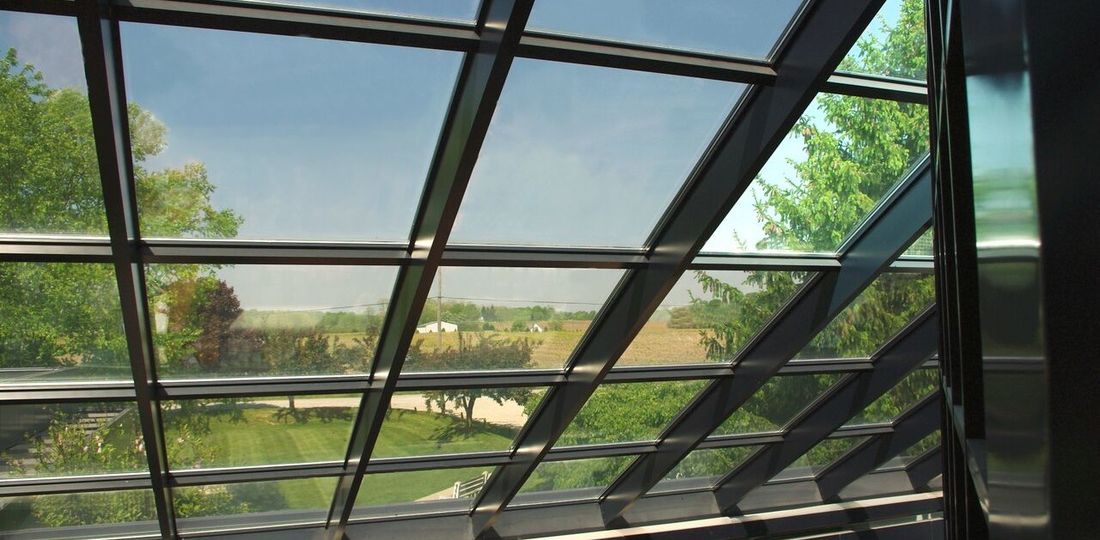Shedding Light on Balanced Lighting

It’s no secret that properly lit rooms and offices have desirable effects on our overall well-being, productivity, and mood. While utilizing natural daylight and relying on artificial light are the main ways to illuminate a space, daylighting is an increasingly popular method for adding light to the rooms where we spend our time.
By strategically installing windows, skylights and glass doors, the natural light coming into a home or office can be drastically increased throughout the day. As an added bonus, because the light source is generated by the sun, it’s natural, energy-efficient and free!
There are many advantages to utilizing natural daylight, but there also can be some drawbacks without planning ahead. For example, more glass surface area can lead to increased glare, as well as heating and cooling needs. In addition, ultraviolet rays from sunlight can fade flooring, artwork and furniture. Luckily, high-performance windows with low-e glass and a dynamic component—such as self-tinting Suntuitive glass—can optimize daylight by reducing unwanted glare and ultraviolet light, while also limiting solar heat gain in summer months and preventing heat loss in winter months.
As natural daylight fills spaces, we rely less on artificial lighting. Still, in the evenings and at night, electric lighting is the only source of illumination. However, newer light bulb technologies—such as LED or compact fluorescent—are better options than the incandescent bulbs of the past. Also, there are now switches that can automatically turn lights on or off as people enter or exit a room.
The key is finding the correct balance of natural light, supplemented with artificial light as needed.
To discuss how Suntuitive Glass can help balance your daylighting strategy, visit www.Suntuitive.com or call 616.662.7216.




